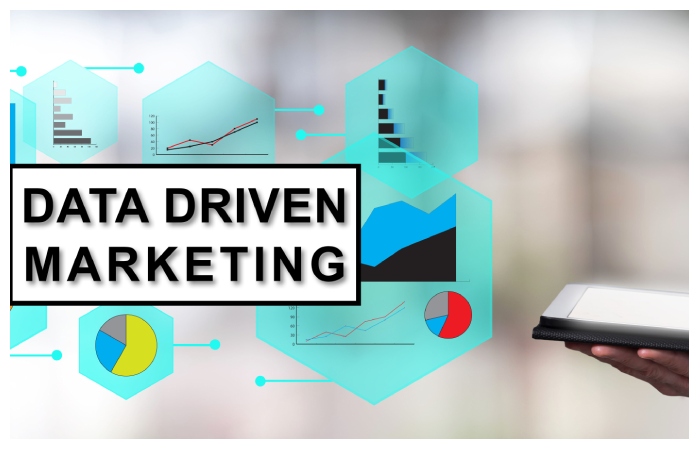Data-Driven Marketing Campaign – Data-driven marketing can offer accurate information regarding the responses and engagement you’re getting from your marketing strategies. In addition, you can use the data to reach out to target customers more effectively.
If you take advantage of these helpful insights, you can stay ahead of your competitors and connect with your customers better. As a result, you might achieve a higher market share and expand your business globally.
But having the correct data does not automatically guarantee a successful marketing campaign. You still have to learn how to interpret, analyze, and create an action plan based on the data available for your business. Below are some best practices you can pursue to launch a data-driven marketing campaign successfully:

1. Prioritize Topics With The Most Interest
Every digital marketing strategist will tell you to create quality content for your blog or website. Essentially, this helps with search engine optimization (SEO) efforts and improves your site’s ranking for certain keywords. Alternatively, you can gain more traction through paid ads on search engines. You can also gain a lot of market data through Google Ads Management services.
Creating content might seem like a breeze, but if you want to convert readers or audiences into purchasing customers, you have to do more than just publish articles, images, and videos.
To create engaging and quality content, it’s important to collect insights into the preferences of your target audience using analytical tools. You may also desire to check out the content of your competitors and observe how they are engaging audiences through blogs and social media.
Observe the tone, format, and topics they are creating. What are they doing right? What are they doing wrong? Which posts gained the most readers, viewers, and reactions? Take advantage of the data you collect and use it to improve your own content strategy.
2. Identify The Most Effective Online Platform
Marketing can only be effectual if you know where to reach your target market. So, instead of wasting your time curating a profile on every online platform, you can use that time to create quality and engaging posts on one or two platforms that your target customers are frequently using. If you’re currently using Facebook, you can gain more insights with the help of Facebook Ads Management services.
To identify the most effective channel or online platform for your business, the following factors can help you:
- Identify your target market by age, gender, and social status. After that, check which online platforms are popularly used by that demographic.
- Find out how long they spend using the platform each day (average user time).
- Observe which times of the day your target market is most active on the platform.
- Identify posts and content format that gains the most engagement or reactions on the platform.
- Find out how effective the platform is in converting engagements into sales or profits.
3. Don’t Just Follow Social Media Trends
Social media trends come and go, but they are usually one of the most effective ways to gain attention and engagement from target customers—especially among the younger demographic.
Utilizing the latest social media trends enables you to connect with your market through cool and relevant tactics. This helps you gain creative ideas that ensure your brand stays relevant in the online and offline spheres.
While social media trends seem like a fun way to connect with your market, it’s best to use these with caution. Some trends might seem fun at first but will gain a lot of backlash after a day or two. Certain trends might also not work well for your brand, or may come off as offensive to a majority of your target market.
So, before you follow a trending gimmick, make sure to check your data first. Will that trend resonate with your target market? Will they be even receptive to it? How is your market responding to the trend so far? Make sure to review your business data thoroughly before jumping onto the bandwagon.
4. Always Monitor Your Campaign Progress
The best way to advance the performance of data-driven marketing campaigns is by regularly analyzing whether or not they are effective. Setting key performance indicators (KPIs) like page views, leads, web traffic sources, and conversion rates can help you track progress and effectiveness. Doing so allows you to determine which campaigns deserve more investment and which require further improvement.
When measuring the performance of your marketing campaigns, you should establish your main KPIs to ensure that you will always be on track. These metrics enable you to discover the major weak points of your tactics and change them before it affects your online presence. After that, you need to take actionable steps depending on these insights to craft adjustments that match the preferences of your customers and encourage engagement.
Key Takeaway
Being able to collect and gather accurate data for your business is a huge advantage. However, this advantage would not amount to anything if the data is not analyzed and ultimately used to improve marketing campaigns and strategies. For a successful data-driven campaign, take note of the best practices mentioned above.


